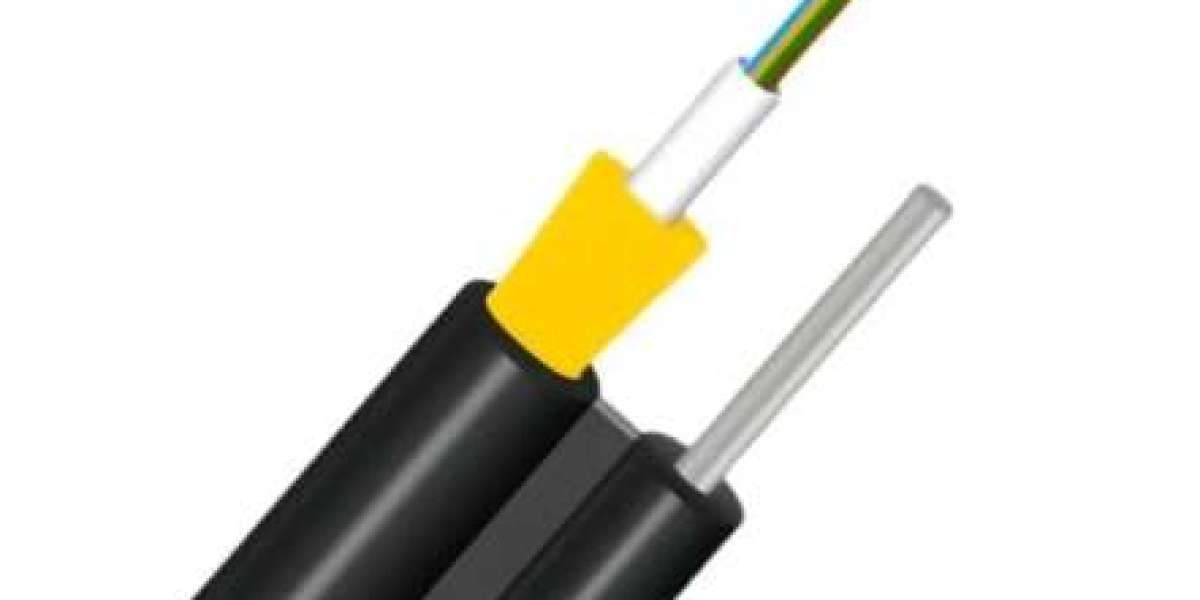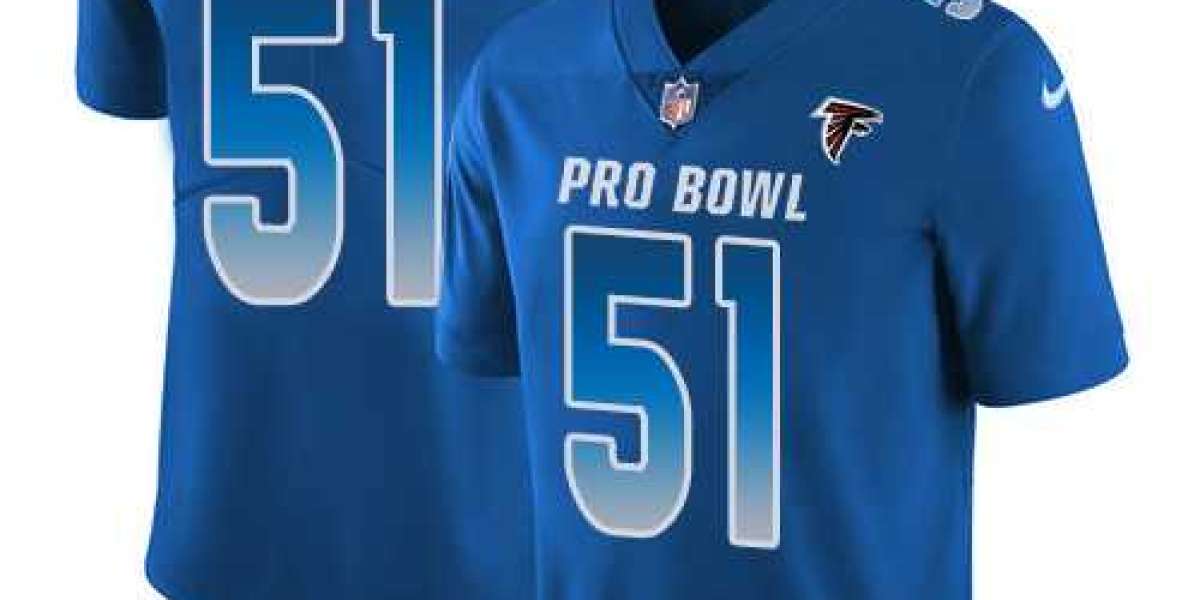When it comes to establishing a reliable and high-speed internet connection, the choice of fiber optic cables is crucial. FlyingFiber offers the GJXFH FTTH Bow-Type Drop Cable, a high-performance solution designed specifically for Fiber to the Home (FTTH) applications. This cable is engineered to provide efficient connectivity for both residential and commercial installations. In this blog, we will discuss key factors to consider when choosing the right FTTH drop cable for your network needs.

1. Understand Your Network Requirements
Assess Your Needs
Before selecting a drop cable, evaluate your specific network requirements. Consider factors such as:
- Bandwidth Needs: Determine the data transmission speed required for your applications.
- Distance: Measure the distance from the distribution point to the end-user to ensure signal integrity.
2. Choose the Right Fiber Type
Single-Mode vs. Multi-Mode
Deciding between single-mode and multi-mode fibers is essential:
- Single-Mode Fiber: Ideal for long-distance communication, typically used in FTTH applications where high bandwidth over longer distances is needed.
- Multi-Mode Fiber: Suitable for shorter distances and often used in local area networks (LANs).
The FlyingFiber GJXFH drop cable utilizes single-mode fiber options, ensuring minimal attenuation and high performance.
3. Consider Cable Construction and Durability
Material Matters
The construction of the drop cable affects its performance and durability:
- Jacket Material: Look for cables with LSZH (Low Smoke Zero Halogen) jackets, which are safer in case of fire and provide better protection against environmental factors.
- Strength Members: Ensure the cable has adequate strength members (like GFRP) to withstand physical stress during installation and operation.
The GJXFH drop cable features robust construction, making it suitable for both indoor and outdoor installations.
4. Evaluate Attenuation Specifications
Importance of Low Attenuation
Attenuation refers to the loss of signal strength as it travels through the fiber. Lower attenuation values are preferable:
- Check the attenuation ratings at different wavelengths (e.g., 1310nm and 1550nm).
- The FlyingFiber GJXFH drop cable offers competitive attenuation levels, ensuring effective long-distance data transmission.
5. Check Mechanical and Environmental Ratings
Performance Under Stress
Ensure that the drop cable can withstand various mechanical stresses:
- Tensile Strength: Look for cables with high tensile strength ratings to prevent damage during installation.
- Temperature Range: Make sure the cable can operate within the temperature range expected in your installation environment.
The GJXFH drop cable is designed with excellent mechanical characteristics, including resistance to crush and impact.
6. Review Installation Requirements
Ease of Installation
Consider how easy it will be to install the drop cable:
- Bend Radius: Ensure that the cable has a suitable bend radius for your installation environment.
- Weight and Handling: Lighter cables are generally easier to handle during installation.
FlyingFiber’s GJXFH drop cable is engineered for easy handling and installation, making it a practical choice for installers.
7. Look for Customization Options
Tailored Solutions
If your project has specific requirements, consider suppliers that offer customization options:
- Different fiber counts (1/2/4 fibers) can be chosen based on your needs.
- Marking options on the cable can help identify lengths and specifications easily.
FlyingFiber provides various models and customization options, ensuring you get exactly what you need for your project.
Conclusion
Choosing the right FTTH drop cable is essential for ensuring reliable internet connectivity in both residential and commercial settings. By considering factors such as network requirements, fiber type, construction durability, attenuation specifications, mechanical ratings, installation ease, and customization options, you can make an informed decision that meets your specific needs.
For high-performance solutions like the FlyingFiber GJXFH FTTH Bow-Type Drop Cable, reach out to us today! We are committed to providing quality products tailored to enhance your network infrastructure.








